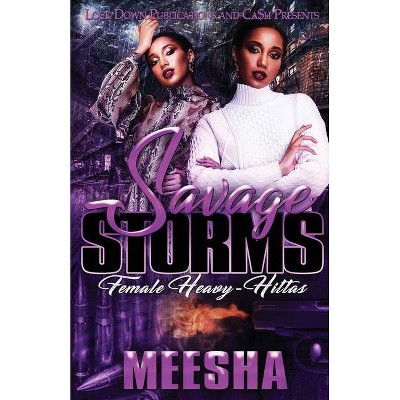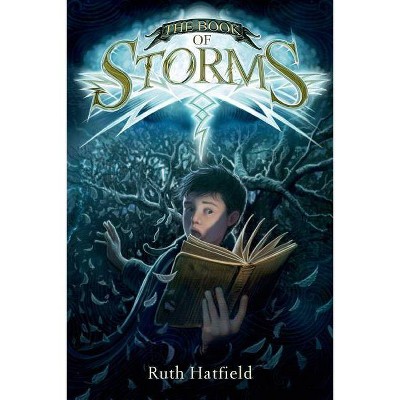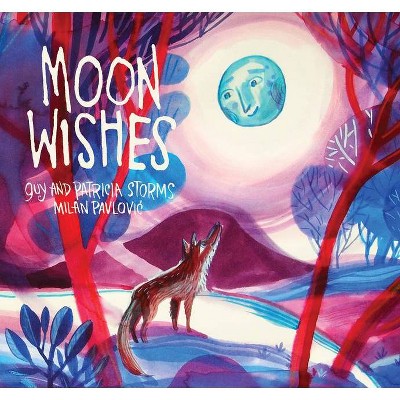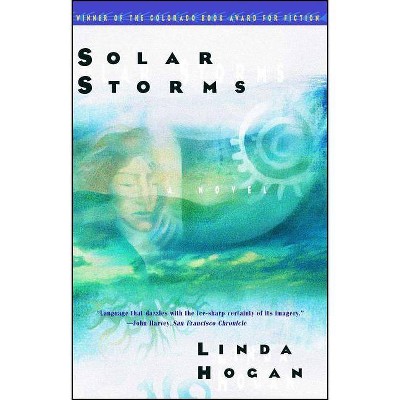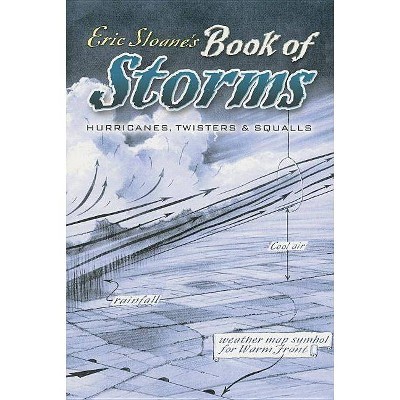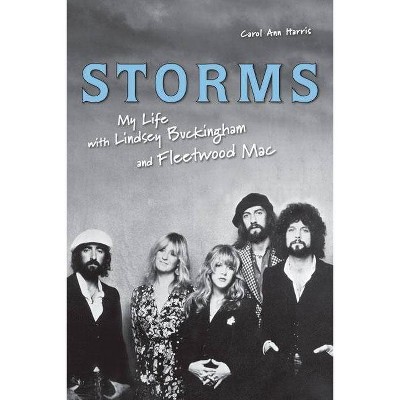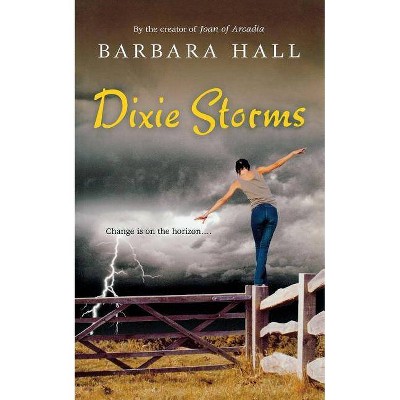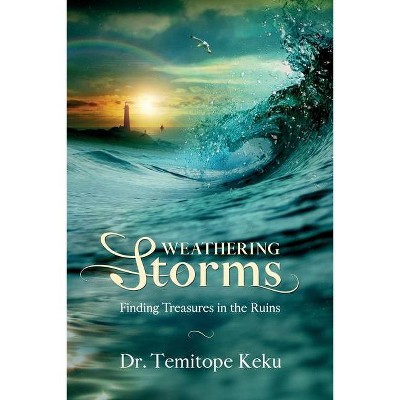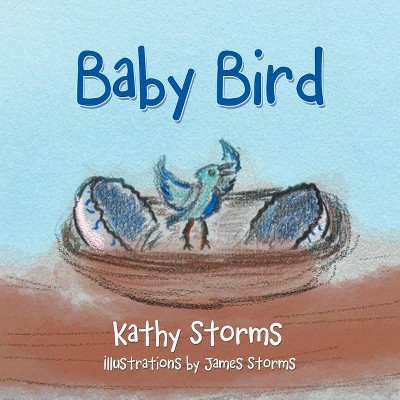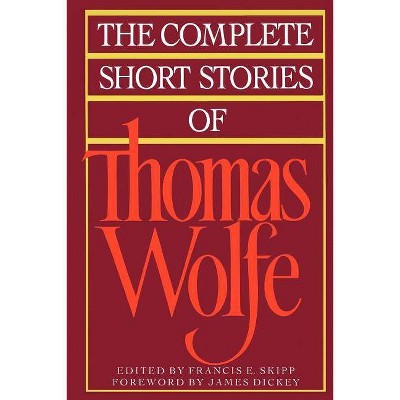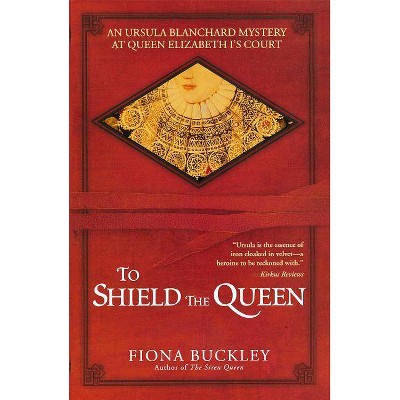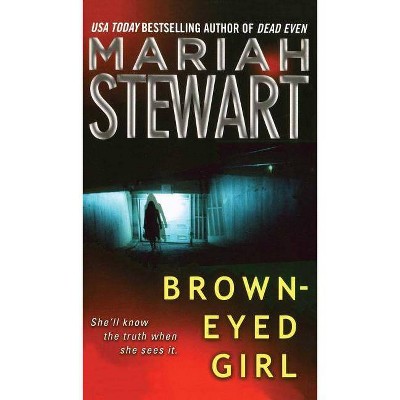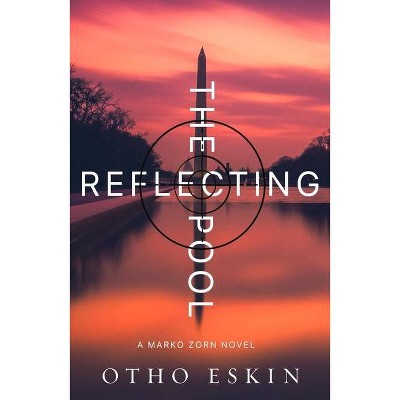Shakespeare's storms - by Gwilym Jones (Paperback)
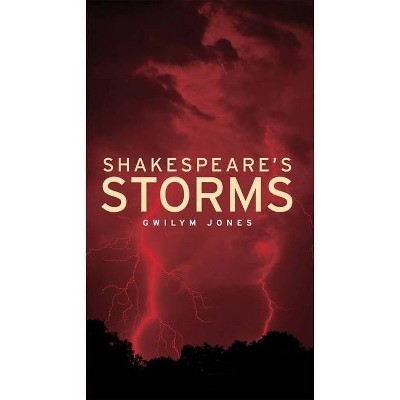
Similar Products
Products of same category from the store
AllProduct info
<p/><br></br><p><b> About the Book </b></p></br></br>Explains the special effects used to represent storms in the early modern playhouses, and details how those effects filter into Shakespeare's dramatic language. With chapters on <i>Julius Caesar</i>, <i>King Lear</i>, <i>Macbeth</i>, <i>Pericles</i> and <i>The Tempest</i><p/><br></br><p><b> Book Synopsis </b></p></br></br><p>This is the first comprehensive study of Shakespeare's storms. Whether the apocalyptic storm of King Lear or the fleeting thunder imagery of Hamlet, the shipwrecks of the comedies or the thunderbolt of Pericles, there is an instance of storm in every one of Shakespeare's plays.<br /> <br /> This book explains the special effects used to represent storms in the early modern playhouses, and details how those effects filter into Shakespeare's dramatic language. With chapters on Julius Caesar, King Lear, Macbeth, Pericles and The Tempest, Jones traces the development of the storm over the second half of the playwright's career, when Shakespeare took the storm to new extremes. We see Shakespeare's management of sound and light, and of actor and audience. Shakespeare uses storms to delight and surprise, but also to investigate the nature of representation in the theatre. Interspersed with the readings of plays are chapters on thunder, lightning, wind and rain, in which Jones reveals Shakespeare's meteorological understanding of storms and offers nuanced readings of his imagery. Throughout, Shakespeare's Storms brings theatre history to bear on modern theories of literature and the environment. This is a work that brings these two disciplines together in new and important ways. Suitable for advanced undergraduates and experts alike, Shakespeare's Storms is essential reading for anyone interested in Shakespeare, ecocriticism or early modern drama.</p><p/><br></br><p><b> From the Back Cover </b></p></br></br>This is the first comprehensive study of Shakespeare's storms. Whether the apocalyptic storm of King Lear or the fleeting thunder imagery of Hamlet, the shipwrecks of the comedies or the thunderbolt of Pericles, there is an instance of storm in every one of Shakespeare's plays. This book explains the special effects used to represent storms in the early modern playhouses, and details how those effects filter into Shakespeare's dramatic language. With chapters on Julius Caesar, King Lear, Macbeth, Pericles and The Tempest, Jones traces the development of the storm over the second half of the playwright's career, when Shakespeare took the storm to new extremes. We see Shakespeare's management of sound and light, and of actor and audience. Shakespeare uses storms to delight and surprise, but also to investigate the nature of representation in the theatre. Interspersed with the readings of plays are chapters on thunder, lightning, wind and rain, in which Jones reveals Shakespeare's meteorological understanding of storms and offers nuanced readings of his imagery. Throughout, Shakespeare's Storms brings theatre history to bear on modern theories of literature and the environment. This is a work that brings these two disciplines together in new and important ways. Suitable for advanced undergraduates and experts alike, Shakespeare's Storms is essential reading for anyone interested in Shakespeare, ecocriticism or early modern drama.<p/><br></br><p><b> Review Quotes </b></p></br></br><br><br>Gwilym Jones's Shakespeare's Storms offers an engaging and informative discussion of storms - and all of their constituent parts - and the theatrical presentations of those storms. - Darlene Farabee, University of South Dakota, Renaissance Quarterly Vol LXIX, No. 3 <br><p></p><br>The book is masterfully organised into nine chapters that cover just about every aspect of storms in Shakespeare. Beginning with 'thunder' (a fine way to begin a book) - Simon C. Estok, Sungkyunkwan University, Seoul, Studies in Ecocriticism - February 2017 <br><p></p><br>Shakespeare's Storms is a remarkably well-plotted book. - Edward J. Geisweidt, University of New Haven, Early Theatre 20.1 <br><p></p><br>Shakespeare's Storms' overall achievement is to prove the relevance of chasing something as seemingly ephemeral as the weather in order to reveal how such meteorological phenomena shape our relationship to the world around us. It is an original and fascinating study that will be of interest to<br>scholars researching ecocriticism, performance history, and early modern drama from a range of thematic and practical approaches. - Miranda Fay Thomas, Shakespeare's Globe, London, Symbolism 17 <br><p></p><br><br><p/><br></br><p><b> About the Author </b></p></br></br><br>Gwilym Jones is an Independent Scholar<br>
Price History
Price Archive shows prices from various stores, lets you see history and find the cheapest. There is no actual sale on the website. For all support, inquiry and suggestion messagescommunication@pricearchive.us
